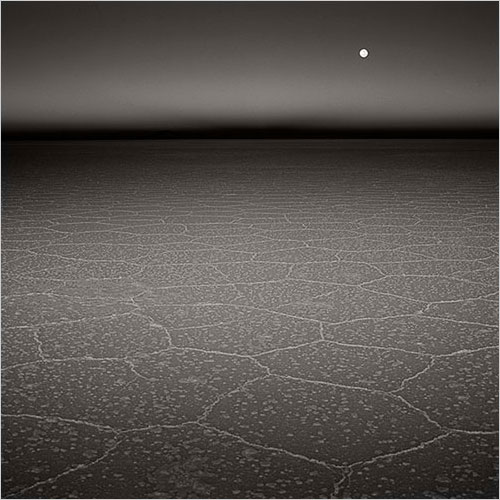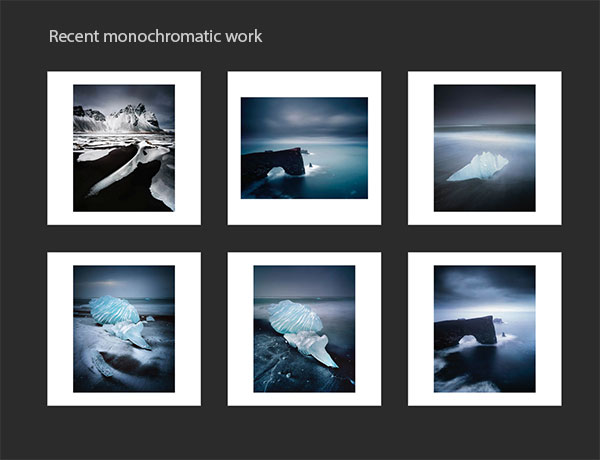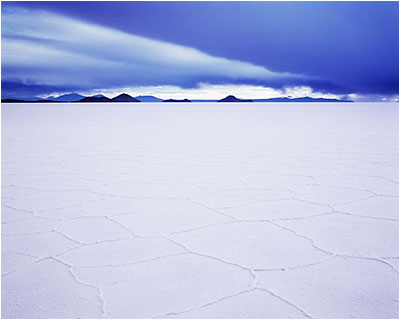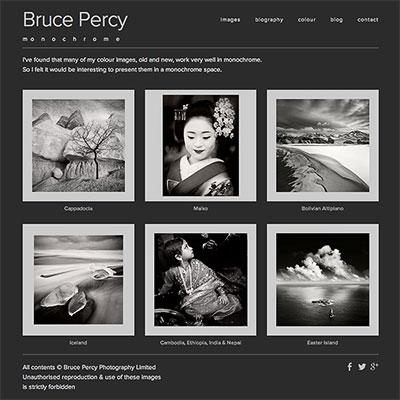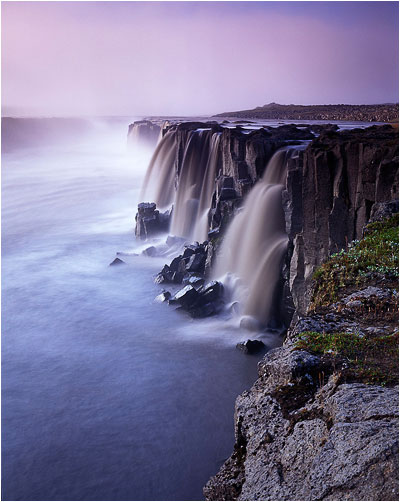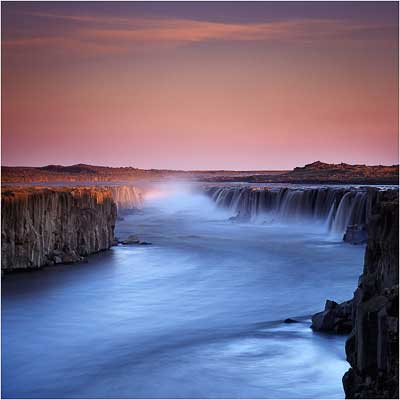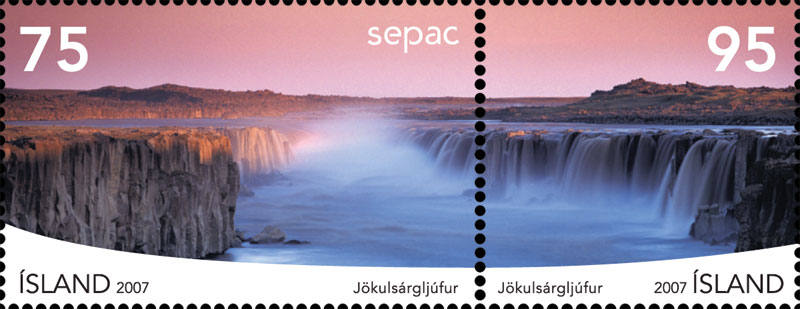A while back I wrote an entry about flying with gear. There were many discussions at the time about the best approach etc and I for one was wary of checking any equipment into the hold of an aircraft.
Since I wrote that article, my view on the matter has changed through circumstances forced upon me over the past eighteen months of travel.
If you don't know by now - I do a lot of travelling. Last year for instance, I travelled to Iceland four times, Norway twice, Bolivia, Chile, Argentina, Turkey and also Australia, New Zealand, Switzerland and the USA. All in twelve months and in that time, I was forced by the airline around four times to put my camera gear in the hold because they decided to ask me how heavy my trolley bag was.
A sturdy trolley bag, such as the Think Tank Airport International bag gives me great confidence when carrying 'over my limit' gear as I know it can withstand some abuse in the hold. Another alternative would be a nice Pelican case. If you're not over the limit, then just take your normal bag and carry it on.
I must say that it's unusual for an airline to check the weight of my carry on luggage, but I've noticed that on few occasions they ask. This does not always go hand in hand with policy, and I've found the rules seem to vary on the day based on who you get at the check-in desk.
My trolley bag is the impressively-invincible Think Tank Airport International bag. It has been designed to fit into most overhead bins and conform to most airline dimension regulations. But the bag is heavy and I've found that on its own, it is 7kg in weight and with some of the airlines, the carry on weight limit is sometimes as low as this or around 10 to 12kg. My bag when it's loaded is around 15kg.
So last year I got stopped four times, even though the bag is pretty inconspicuous and because I think the bag is very study and well made, I checked in my gear because quite frankly, there was no other option.
Each time the bag arrived safely with all my gear intact and it's now gotten to the point for me that when I travel, I would much rather just check it in rather than have the stress of being stopped or them confiscating the bag from me just before I get on the plane (as did happen to me in Chile). If I pay for the additional luggage and just check it in, I arrive less worried about the bag at the airport and short of some catastrophe during transit, it's much less hassle for me.
I'm sure that many readers will think I'm mad and will think there is no way they will part with their gear at an airport. If that is the case, then cut it down to something you know doesn't have the risk of being stopped and forced into the hold. A small bag with just the essentials - the lenses and bodies, and get all the other accessories checked in - things like your filters, battery chargers, anything that you won't be too upset about if they get delayed or damaged or lost. Make sure it's well within the limits of what the airline accept and you will have trouble-free travel.
This is a typical look at what's inside my Airport International trolley bag.
If you're going to be like me, and need to carry spare bodies, and lenses, then be realistic - it's over the limit and if the airline stop you, you might have to put it into the hold. In which case, pack it in a bag that can withstand some abuse.
So these days I travel with two camera bags - I have the Think Tank Airport International trolley bag - it's made of non-rip material and feels as though it could withstand an explosion. I also pack in my main luggage bag a flattened down waste-level bag for when I am on location. The Airport International bag is really for me just getting across the water.
If I were a digital shooter (which I'm not), I would be avoiding DSLR systems these days. There is no reason for traveling with such large systems any more. We live in an age where smaller, more compact systems give great results for a lot less weight and bulk. Go that way if you're worried about checking your gear in. Otherwise check it in and do it with a bag that can handle the abuse.
















